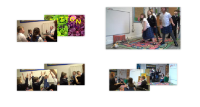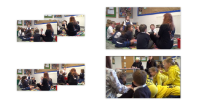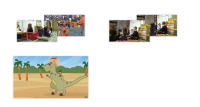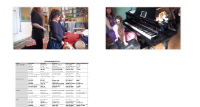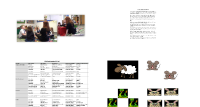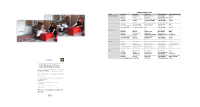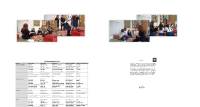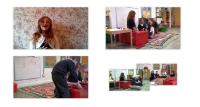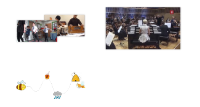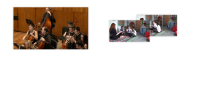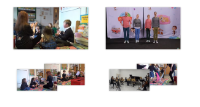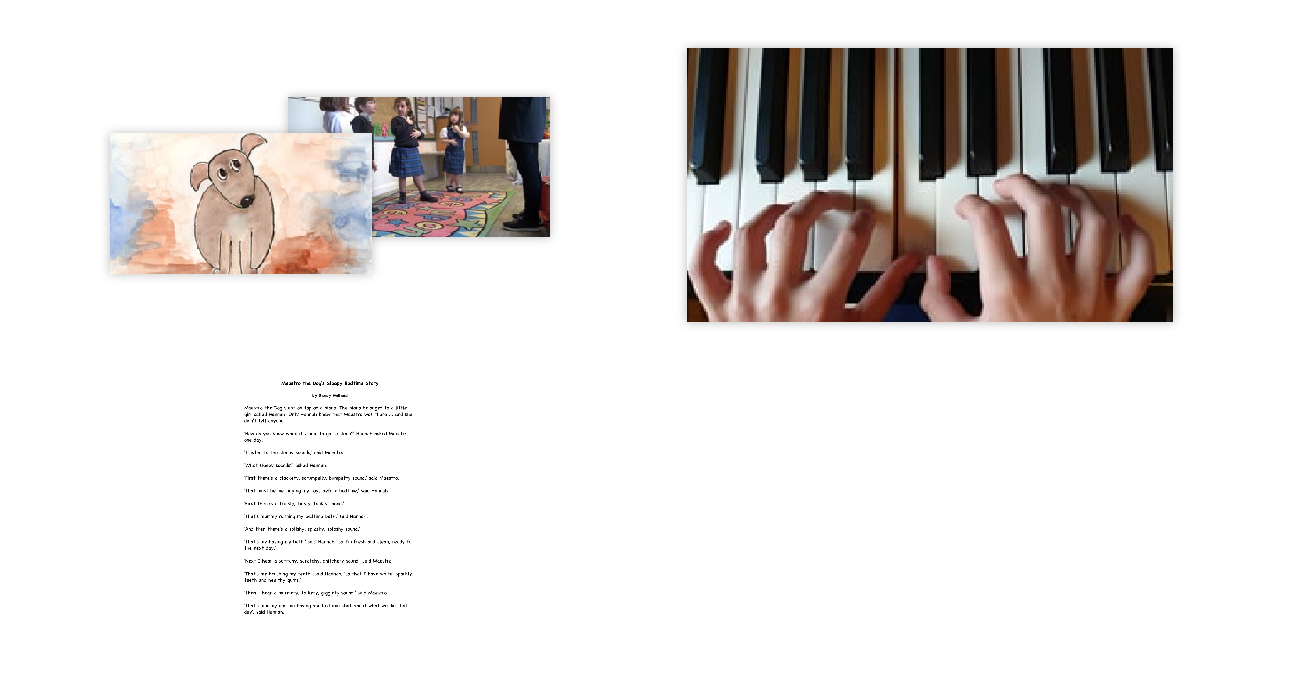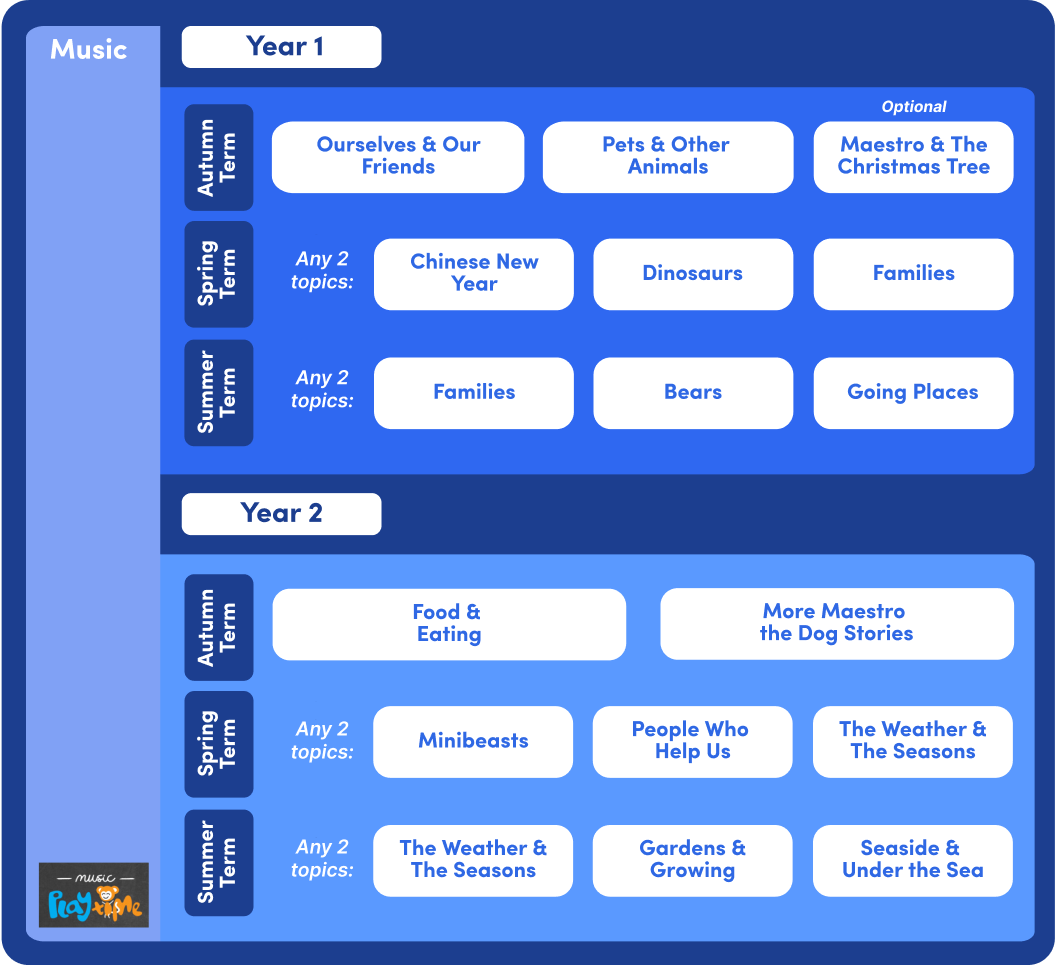More Maestro the Dog Stories Level: Key Stage 1

Maestro the Music Dog and the New Piano
This is the story of how Hannah got a new piano for her birthday and Maestro went on an unexpected journey!
Tell the children you are going to ask them at the end of the story where Maestro went on his adventure and how he got home again.
All Maestro the Music Dog materials ©Music-Playtime: Arts Enterprise Limited
- Original watercolours and story: Sandy Holland
- Original music: Peter Noke
Copy Me
Later in this unit, the children learn how to play Happy Birthday to You by copying you play it and then the children can help each other to play it. Here, we are practising copying:
On the subject of copying ...
Children of this age are just becoming aware of the concept of copying and it's usually associated with cheating, for example copying spellings from another child. In music, we learn a lot by copying others as well as by experimenting with our own ideas and, throughout history, composers have re-used the ideas of other composers.
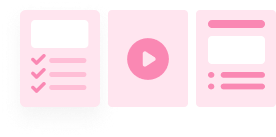
Maestro the Music Dog
Here's Maestro's special song! You'll need to teach it a bit at a time, using First Me, Then You. I suggest that you let the children listen to the song first, then teach the words and then include the tune. The first phrase needs special care to get the notes exactly right. The clapping, the drum and the claves may be done first by the teacher, then imitated by a group of children, depending on how many instruments you have. Because claves are sticks of wood that are hit together, they are simple to make by sawing up a long, smoothly-rounded piece of wood like a broom handle into same-size pieces and smoothing off the ends with sandpaper.
- Maestro the Music Dog
- Come out to play
- All your friends are waiting
- And it's a lovely day
- Maestro the Music Dog
- What can you do?
- I can clap my hands
- Can you clap yours too?
- (teacher claps hands ... children imitate)
- __
- Verse 2 similar, with ending: I can play a drum
- Can you play it too?
- __
- Verse 3 similar, with ending: I can play the claves
- Can you play them too?
Happy Birthday to You
This is known to be one of the most popular songs ever written, so remember to sing it every time there's a birthday! This was the happiest video I could find of a birthday celebration and it's the right way to sing the song. Please don't use the jazzed-up versions that you find on Youtube because they are not the way people really sing the song!
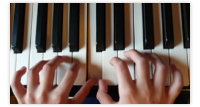
Play Happy Birthday to You (pitch, rhythm)
Everyone knows how to sing Happy Birthday but not everyone can play it! It's perfectly possible for children of this age to learn it by rote if they have help and practice. The easiest way is like a cascade; you learn to play it first (scroll down for help) then teach it to a group of children, who teach it to the other children. Teaching others is a great way to consolidate learning. The children can learn to play this on a keyboard, a piano or on an iPad using Garage Band.
Garage Band is a free app that comes as standard with up-to-date iPads. There are a number of versions depending on your last update so it's best to experiment before helping children to use it (it truth, they will probably be helping you!) When you open it up, you'll see all the instruments that you could use. The best setting for learning to play a tune is Classical Grand Piano, as shown here:

How to play Happy Birthday to You
Please don't write the letter names on the keys (the ones here are superimposed onto a picture) - it prevents anyone from remembering them in the easiest way, which is by looking for the patterns of two and three black keys - eg C is the key just to the left of the pair of black keys.
The easiest way (trust me on this) is to learn to play the tune without having the notes written down. Otherwise you'll always be looking at the bit of paper with the notes written on it and you'll never remember how to play it without them. Remember the order of the notes by the patterns they make when you play.
Oh go on then ... I know you're busy and you'll want the notes to start with, so here they are, beginning on the lowest G on the left. Don't write them out for the children though!
- G G A G C B
- G G A G D C
- G G ^G E C B A (^G means high G)
- F F E C D C

Sad and Happy Music (pitch, rhythm & links with literacy)
This is an activity for groups, pairs or individuals, again using a piano, keyboards or iPads.
Sad Music
First the children make up some 'sad feelings' words using this a template:
- Feeling ... feeling ...
- Feeling ... feeling ...
The words chosen by Jack and Nathan rhymed too!
- Feeling sorry, feeling sad
- Feeling lonely, feeling bad
I asked them to choose notes from this set: A, C, D, E and to play slowly to create sad music. It's a good idea to tell the children that they don't have to use all the notes and that the notes don't need to go up and down in order.
Jack and Nathan experimented with different ways of playing and this was the version they liked best, played on the school piano. Jack played C, D and E and Nathan played the A, which we thought sounded good as the last note.
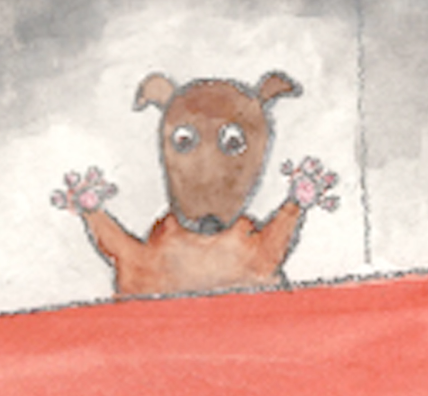
Happy Music (also uses pentatonic)
For Happy Music, I helped the children to make up a happy rhyme about Maestro the Dog. We thought of some rhyming words first. The notes to choose from this time are any of these: C, D, E, G, A which is a pentatonic (five note) scale.
The notes can be played in any order and the children don't need to use all of them. I asked them to use some repeated notes (hear them at the end) and to play quickly to make the music sound happy. This Happy Music was made up by Ava and Sophia.
- Happy happy, happy day
- Maestro Dog is here to stay

Tip
The examples here are by six years olds who have done this sort of work before. When you first start children off making up tunes to words, it's a good idea to restrict how many notes they can play by giving them just two chime bars (eg A and C) - limiting the choice generally produces better work at first.

Maestro in the Van! (silence, pulse)
The children imagine Maestro in the van going on an unknown journey! They walk in time with the music and, when the music stops, they stop and look around as if they are frightened.
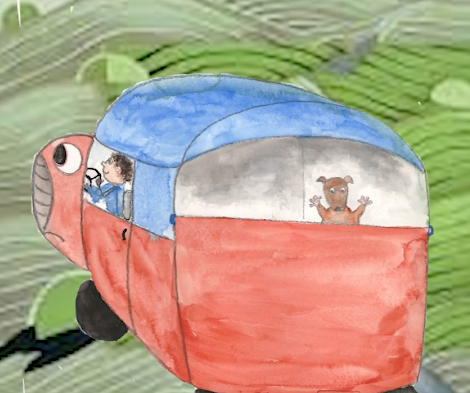
Watch and Listen Again
When they watch the video again, ask the children to say when the music is sad, when it's scary and when it's happy - and why. It would be great if you could help them to use a wide range of words to describe how the character of the music changes.

Maestro the Dog's Sleepy Bedtime Story
You can download this story (pdf at the start of the unit) to read to the children for a gentle end to the day. The story particularly lends itself to making sounds using body sounds, found sounds or musical instruments. It could also be used as the basis for a school assembly.

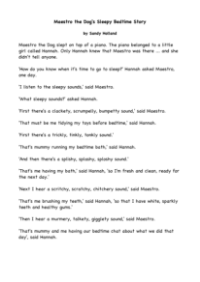
Maestro the Dog's Sleepy Bedtime Story
You can download this story to read to the children for a gentle end to the day. The story particularly lends itself to making sounds using body sounds, found sounds or musical instruments. It could also be used as the basis for a school assembly.

Maestro the Music Dog and the New Piano
This is the story of how Hannah got a new piano for her birthday and Maestro went on an unexpected journey!
Tell the children you are going to ask them at the end of the story where Maestro went on his adventure and how he got home again.
All Maestro the Music Dog materials ©Music-Playtime: Arts Enterprise Limited
- Original watercolours and story: Sandy Holland
- Original music: Peter Noke
Copy Me
Later in this unit, the children learn how to play Happy Birthday to You by copying you play it and then the children can help each other to play it. Here, we are practising copying:
On the subject of copying ...
Children of this age are just becoming aware of the concept of copying and it's usually associated with cheating, for example copying spellings from another child. In music, we learn a lot by copying others as well as by experimenting with our own ideas and, throughout history, composers have re-used the ideas of other composers.

Maestro the Music Dog
Here's Maestro's special song! You'll need to teach it a bit at a time, using First Me, Then You. I suggest that you let the children listen to the song first, then teach the words and then include the tune. The first phrase needs special care to get the notes exactly right. The clapping, the drum and the claves may be done first by the teacher, then imitated by a group of children, depending on how many instruments you have. Because claves are sticks of wood that are hit together, they are simple to make by sawing up a long, smoothly-rounded piece of wood like a broom handle into same-size pieces and smoothing off the ends with sandpaper.
- Maestro the Music Dog
- Come out to play
- All your friends are waiting
- And it's a lovely day
- Maestro the Music Dog
- What can you do?
- I can clap my hands
- Can you clap yours too?
- (teacher claps hands ... children imitate)
- __
- Verse 2 similar, with ending: I can play a drum
- Can you play it too?
- __
- Verse 3 similar, with ending: I can play the claves
- Can you play them too?
Happy Birthday to You
This is known to be one of the most popular songs ever written, so remember to sing it every time there's a birthday! This was the happiest video I could find of a birthday celebration and it's the right way to sing the song. Please don't use the jazzed-up versions that you find on Youtube because they are not the way people really sing the song!

Play Happy Birthday to You (pitch, rhythm)
Everyone knows how to sing Happy Birthday but not everyone can play it! It's perfectly possible for children of this age to learn it by rote if they have help and practice. The easiest way is like a cascade; you learn to play it first (scroll down for help) then teach it to a group of children, who teach it to the other children. Teaching others is a great way to consolidate learning. The children can learn to play this on a keyboard, a piano or on an iPad using Garage Band.
Garage Band is a free app that comes as standard with up-to-date iPads. There are a number of versions depending on your last update so it's best to experiment before helping children to use it (it truth, they will probably be helping you!) When you open it up, you'll see all the instruments that you could use. The best setting for learning to play a tune is Classical Grand Piano, as shown here:

How to play Happy Birthday to You
Please don't write the letter names on the keys (the ones here are superimposed onto a picture) - it prevents anyone from remembering them in the easiest way, which is by looking for the patterns of two and three black keys - eg C is the key just to the left of the pair of black keys.
The easiest way (trust me on this) is to learn to play the tune without having the notes written down. Otherwise you'll always be looking at the bit of paper with the notes written on it and you'll never remember how to play it without them. Remember the order of the notes by the patterns they make when you play.
Oh go on then ... I know you're busy and you'll want the notes to start with, so here they are, beginning on the lowest G on the left. Don't write them out for the children though!
- G G A G C B
- G G A G D C
- G G ^G E C B A (^G means high G)
- F F E C D C

Sad and Happy Music (pitch, rhythm & links with literacy)
This is an activity for groups, pairs or individuals, again using a piano, keyboards or iPads.
Sad Music
First the children make up some 'sad feelings' words using this a template:
- Feeling ... feeling ...
- Feeling ... feeling ...
The words chosen by Jack and Nathan rhymed too!
- Feeling sorry, feeling sad
- Feeling lonely, feeling bad
I asked them to choose notes from this set: A, C, D, E and to play slowly to create sad music. It's a good idea to tell the children that they don't have to use all the notes and that the notes don't need to go up and down in order.
Jack and Nathan experimented with different ways of playing and this was the version they liked best, played on the school piano. Jack played C, D and E and Nathan played the A, which we thought sounded good as the last note.

Happy Music (also uses pentatonic)
For Happy Music, I helped the children to make up a happy rhyme about Maestro the Dog. We thought of some rhyming words first. The notes to choose from this time are any of these: C, D, E, G, A which is a pentatonic (five note) scale.
The notes can be played in any order and the children don't need to use all of them. I asked them to use some repeated notes (hear them at the end) and to play quickly to make the music sound happy. This Happy Music was made up by Ava and Sophia.
- Happy happy, happy day
- Maestro Dog is here to stay

Tip
The examples here are by six years olds who have done this sort of work before. When you first start children off making up tunes to words, it's a good idea to restrict how many notes they can play by giving them just two chime bars (eg A and C) - limiting the choice generally produces better work at first.

Maestro in the Van! (silence, pulse)
The children imagine Maestro in the van going on an unknown journey! They walk in time with the music and, when the music stops, they stop and look around as if they are frightened.

Watch and Listen Again
When they watch the video again, ask the children to say when the music is sad, when it's scary and when it's happy - and why. It would be great if you could help them to use a wide range of words to describe how the character of the music changes.

Maestro the Dog's Sleepy Bedtime Story
You can download this story (pdf at the start of the unit) to read to the children for a gentle end to the day. The story particularly lends itself to making sounds using body sounds, found sounds or musical instruments. It could also be used as the basis for a school assembly.


Maestro the Dog's Sleepy Bedtime Story
You can download this story to read to the children for a gentle end to the day. The story particularly lends itself to making sounds using body sounds, found sounds or musical instruments. It could also be used as the basis for a school assembly.
